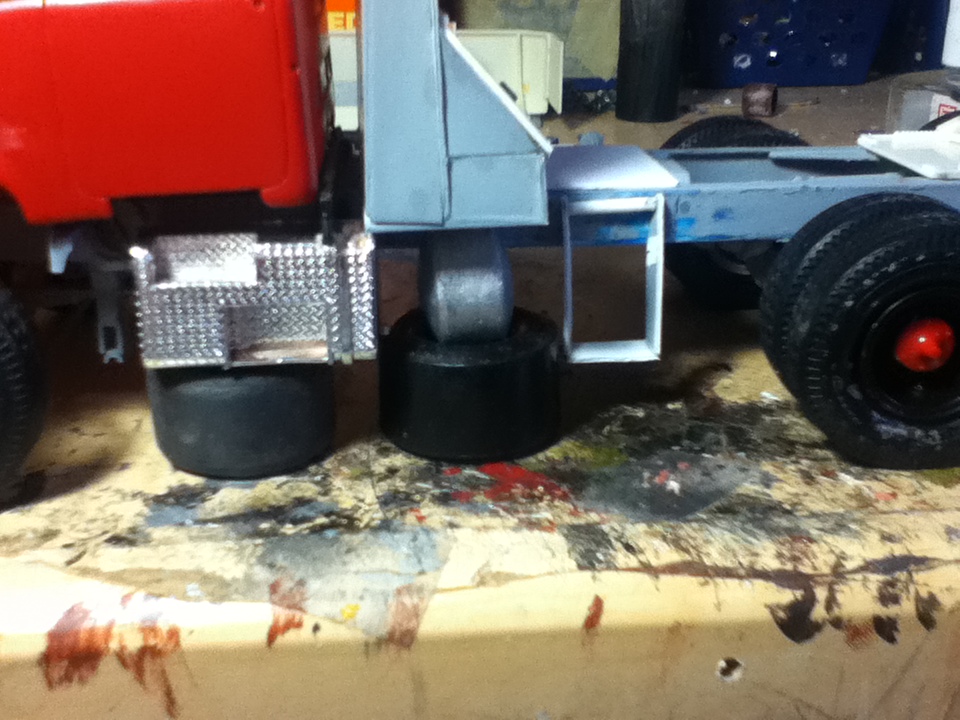
In this period, tooth blackening and eyebrow shaving were rejected as old-fashioned makeup. This policy had a great impact on Japan's cosmetic culture. The government brought various kinds of knowledge and technology from the advanced countries of Europe and the United States to Japan. In addition, the feudal system ended and a centralized system that gave sovereignty to the emperor began again. The Meiji government actively tried to adopt the culture of other countries. This period was completely different from the previous period that had an isolation policy. The Meiji Period(1868-1912): modernization Additionally, if the woman also shaves her eyebrows, she must be someone's mother. For instance, if a woman paints her teeth black, people can say the woman is married. People could judge women's situation by looking at their teeth and eyebrows. Tooth blackening is called " Ohaguro" in Japanese. On the other hand, when it comes to teeth blackening which was used for distinguishing status and situation, women were required to take good care of it.

One possible reason why such differences emerged in different regions is that people in Edo, where the shogunate was located, were strongly influenced by the sumptuary laws issued by the shogunate, whereas for the people in Osaka and Kyoto, where the emperor originally lived, was still influenced by the emperor than shogunate administration. The women of the emperor's family wore heavy makeup to emphasize their glamorous appearance. However, while this trend was spreading in Edo, Citizens who were in Kyoto or Osaka preferred heavy makeup to light makeup because they admired the way of makeup that women of the Imperial Household did. According to these books, makeup should be done just for grooming and for showing politeness. This notion was also mentioned in "Zyokyouhidensho(女鏡秘伝書)"published in 1650 and "Zyoyoukinmouzui(女用訓蒙図彙" published in 1678. Since it prohibited luxury, it was thought that people should avoid heavy makeup and that light makeup was suitable. This kind of law was established by the government because of their austerity policy. In addition, the trend was influenced by the decision of the shogunate government such as sumptuary laws that made people live simply. That means if a woman had a problem with her body or character, it would not be a problem as long as the woman had a white face. There was even a proverb that a woman with a white face hid seven problems. In this period, most people believed that whitening was very important. While ordinary citizens used lead as their powder, women of high status used mercury for their powder because the powder which was made from lead was cheaper than the powder which was made from mercury. The powder was called " Oshiroi" in Japanese. There were mainly four major types of cosmetics in this period powder, lipstick, eyebrow, and tooth blackening.


This teaching came from a book that was widely-known for women's educational book, "Onna thouhouki(女重宝記)" published in 1692. Therefore, women were not allowed to remain without makeup for even a day. Makeup was considered as a part of grooming and etiquette. Tokugawa family was in control of all military, administrative, and judicial which were necessary to run the country. There was a relationship of master and servant between the people and the Tokugawa family. Furthermore, Japan has experienced feudal society in the process of its development, which is called feudalism(幕藩体制). While the authority refused to have relationships with other countries, Japan created its own unique culture in this period. In this period, the samurai rose their status, and the standard of living improved significantly. The Edo period is defined as the period from 1867, when the Tokugawa family positioned itself at the center of politics, to 1878, when Yoshinobu Tokugawa returned the power to the emperor. History The Edo Period(1603-1868): feudal society 1.4.1 Before and during the World War II (1926-1944).1.3 The Taisho Period(1912-1926): Great War and special demand.


 0 kommentar(er)
0 kommentar(er)
